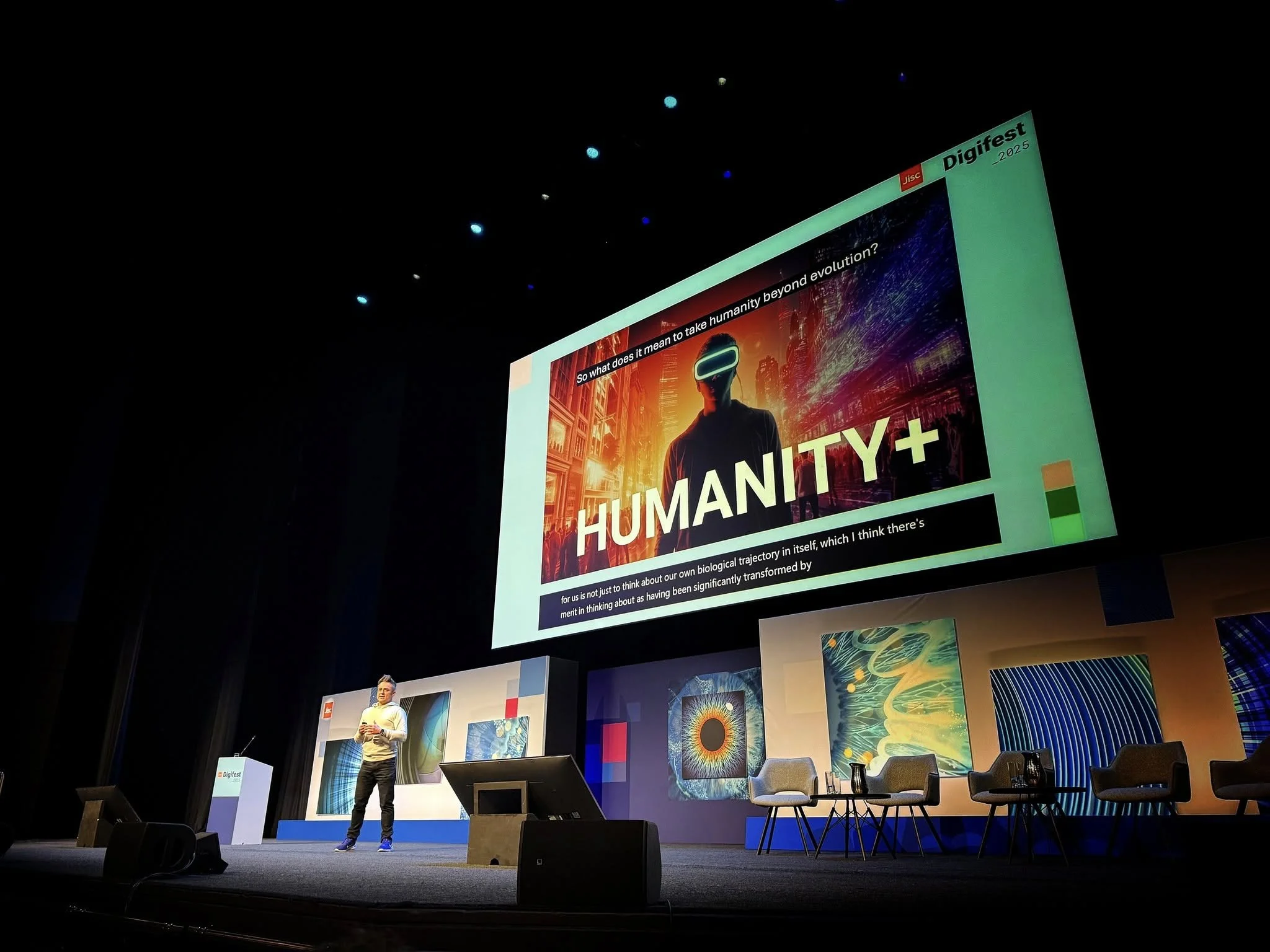
Make it stand out
What’s been happening?

A fresh look at anti-doping

Ethics, Science, Technology, and Engineering: A Global Resource

Are the Olympic Games Good for humanity?
Why Anti-Doping Will Not Last

The Ethics of Sports
New Statesman
Business Ethics
The Virtual Society in the Big Society
Building an ethical future for education in a Digital Britain
